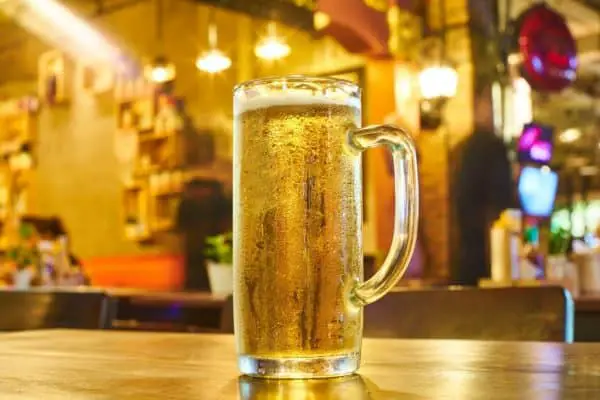Table of Contents
*This post may contain affiliate links. As an Amazon Associate we earn from qualifying purchases.
While most people love enjoying a beer on a hot day, not many people know about how people make the product. Believe it or not, humankind has been making beer for over seven thousand years. A lot changed, but the necessary steps remain the same, making it permanently tied to human history.
Plus, when you consider the biological process that occurs during the brewing process, it becomes an even more remarkable beverage. When you drink a beer, you consume a beverage that is very much alive. But how can that be? Let us take a look at the process.
Brewers typically use four things when making beer: barley, yeast, hops, and water. Without going into much detail, people make beer by using the fermentation process in which the enzyme converts the sugars from the grain into alcohol and CO2 — which gives us the signature strong beverage with bubbles.
But what are the specific stages that all beer goes through during this manufacturing process? How is beer made? In total there are five stages that all beer must go through before you can finally enjoy it at the end of the process. During each of these steps, the beer becomes altered chemically in a fascinating way. Let us check them all out!
First Step: Malting the Grains
So, how is beer made? The first thing you start with when making a beer is the grains you will use during the brewing process. The most popular type of grain is barely, but it can also include things like wheat, rye, and other types. Unfortunately, these grains usually feature a protected outer membrane that thinly surrounds the grain.
If we tried mixing the grains with the outer membranes still on, then the enzymes inside would not be exposed to the chemical process of fertilization. Thus the brewer must malt the grains before they proceed onto the next step. Malting is the process of heating the grains until they turn dry and brittle.
Then, the grains are cracked open which exposes all the good stuff the yeast will need to feed on during the brewing process. Now that we malted the grain, it is time to mash them.
Second Step: Mash or Steep the Malted Grains
Once grains go through the malting process they need to steep in water for around one hour — much like tea does. This process of soaking the grains in hot, but not boiling, water activates the enzymes that became exposed when they cracked during the first step.
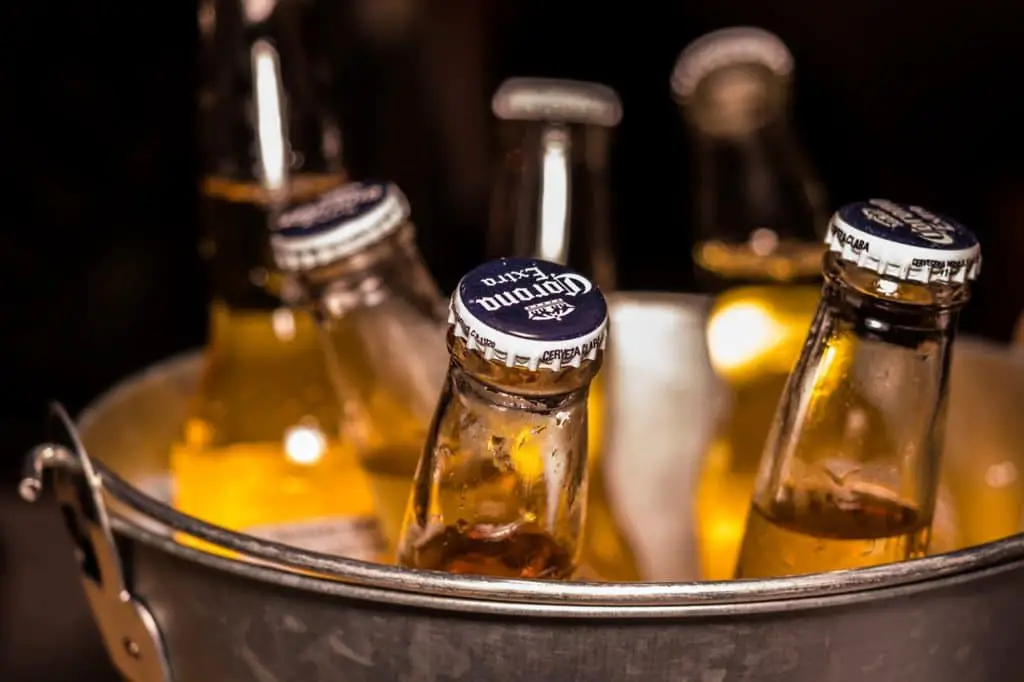
Image by Tembela Bohle via Pexels
Once they come in contact with the water they make the grain release all the sugar they contain. After one hour passes, then you drain the sugary liquid from the product leaving a pulpy mash. This sweet liquid known as wort is what you want for the next step of the process.
In the beer making process wort works like a dough — it provides the canvas which you can start playing on with flavors. We add these flavors in the next step of the brewing process when we boil everything down into a consistent liquid.
Third Step: Boil the Wort Made for Mashing
Now that we have the sugary and stick wort substance, we need to boil it again for another hour. During this process the brewers will add hops, as well as other types of spices, to give the alcoholic beverage the taste we all know and love. But what are hops? And why are they essential in beer?
Hops are a type of flower found on the vine of the Humulus lupulus plant. Though hops are bitter by their nature, it allows them to counterbalance the sweetness of the wort liquid. They also give certain types of beer notes of floral, citrus and fruity flavors.
Hops are an incredibly important part of brewing beer. Think of hops as the grapes used when making wine. In some regions, the grapes taste sweet, while in others they may taste bitter. This diversity in grape type gives the wine its dry or fruity flavor. Hops operate in a very similar capacity.

For example, the hops grown in California carry a beautiful citrus flavor with their bitterness which makes them ideal for IPA’s. In contrast, malt increased in Ireland produce much sweeter notes which provides a much less bitter beer since the cold weather does not allow access to fresh hops.
Other cool things that hops do besides add needed flavor is they make the beer last longer. Hops, when mixed with the wort, begin working as a natural preservative. For many years people tried using every combination of spices and ingredients for increasing the life of the beer.
But, in the end, hops by and far win out. The hops come with lots of antimicrobial properties, so they help keep harmful bacteria in the liquid at bay. No artificial additives for your beer!
Fourth Step: Allow the Fermentation Process to Occur
After the brewer finishes boiling the product for one hour, then it is time for the product to come alive (literally!). Next, you take a cooked product and filter out any of the remaining large chunks of wort. Then, you transfer the liquid into a fermentation vessel and add yeast to the beer.
When you add yeast to this sticky and flavorful mixture, you are essentially adding a microorganism to the drink. This microorganism loves eating sugar and converting it into alcohol and carbon dioxide, which makes it ideal for the brewing process.
Think of it in the same manner as plants that absorb carbon dioxide and spit out oxygen — it is the same types of process, just with different microorganisms. Once you add the yeast, you will need to store the product for some time.

The specific time and storing temperatures depend on the types of beer you brew. For example, brewers need to save ales for a couple of weeks at room temperature during the fermentation process. In contrast, lagers require months of fermenting in cold temperatures. It all depends on the type of beer.
Fifth Step: Store the Product and Allow it to Age
Once the beer finishes the fermentation process, it is ready to be stored for carbonation. You can save beer in a variety of types of containers like bottles, kegs, and cans. Unfortunately, it is still just a flat beverage with no disappointment. It still needs more time in the pressurized area with little oxygen before it will get the bubbles and foam associated with cracking open a cold one.
What are the Different Types of Beer and How do they Differ from each other?
Now that we know the primary manufacturing process that goes behind making beer let us take a closer look at some of the popular types of beer. We will also briefly explain how they differ from each other in terms of flavor, ingredients or production.
Lager
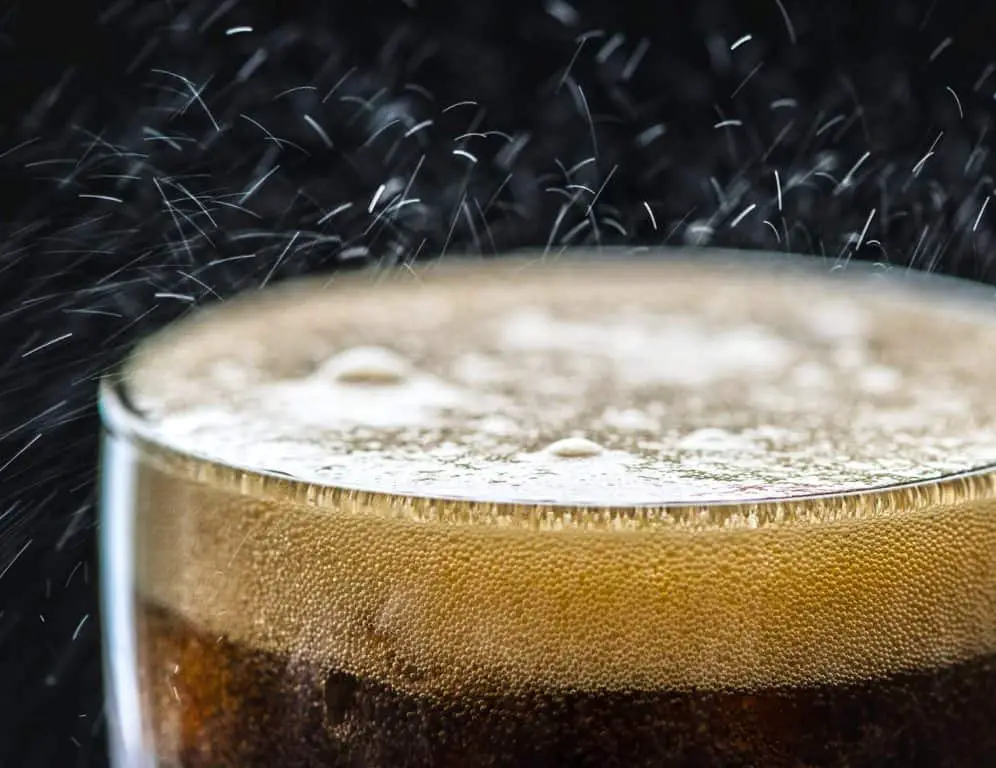
Lagers like Bud Light and Coors use a low fermenting type of yeast which gives them a light taste without much flavor. This lack of character is not necessarily a bad thing — it makes them great sipping beers, or ideal for people who do not like bitter beers or bold flavors.
IPA (Indian Pale Ale)
IPA’s took over the craft beer world in the early 2000s since they pack a big punch in terms of flavor. People typically characterize these types of beers by increased attention to the hops and spices which gives them citrus and floral notes. They also come with a distinct bitterness and a high alcohol percentage.
Pale Ale
Simply put, pale ales are milder versions of IPA’s. In addition to being a little easier for sipping on, they also come with a lower alcohol percentage. As such, they are a good stepping stone for working your way up to an IPA if you are trying them.
Stout
Stouts are known for their dark, nearly black color. The most famous type of stout is undoubtedly Guinness located in Dublin, Ireland. If you do not like bitter beers like IPA’s, then you will probably love stouts. These beers taste much sweeter since they use a yeast that leaves unfermented sugar behind. While the dark color might seem intimidating, you should give them a try! They bring up notes of coffee and espresso flavor.
Pilsner
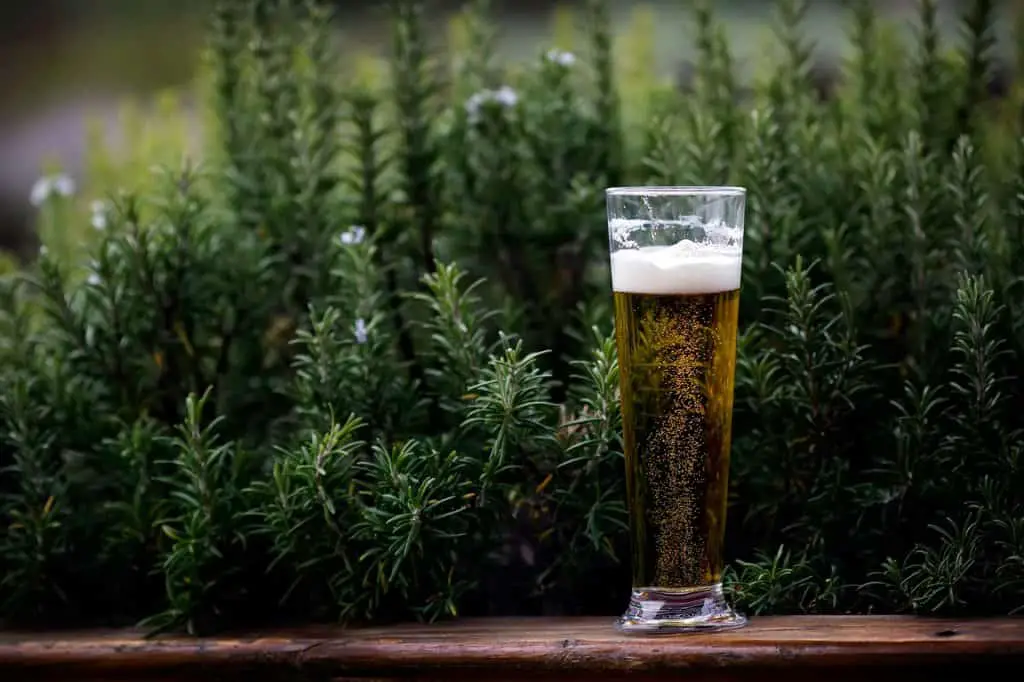
Image by Michelle Riach via Pexels
While pilsner beers do technically fall under the broader category, they come with a much sharper taste than beers like Budweiser. This type of beer begins with a dark color and a slightly bitter after taste due to the kind of yeast used.
Porter
Porters are similar to stouts in many respects. They both use common ingredients like the dark-colored malt which gives them their black color. But where stouts come with more of a coffee flavor, porters carry far more hints of chocolate sweetness.
Wheat Beer
Instead of using barley or malt during the first process, wheat beers use wheat which gives them a light color and low alcohol percentage. As such, it makes a great summer beer since it feels like it is not dehydrating you. Many of these beers also utilize fruit and herb flavors since the wheat provides such a unique canvas for presenting taste to the drinker.
What are the Different Types of Fermentation Methods?
There are three main types of fermentation: hot fermentation, cold fermentation, and spontaneous fermentation. As its name suggests, warm fermentation takes place in a warm environment with a temperature somewhere between fifty-nine and sixty-eight degrees Fahrenheit.
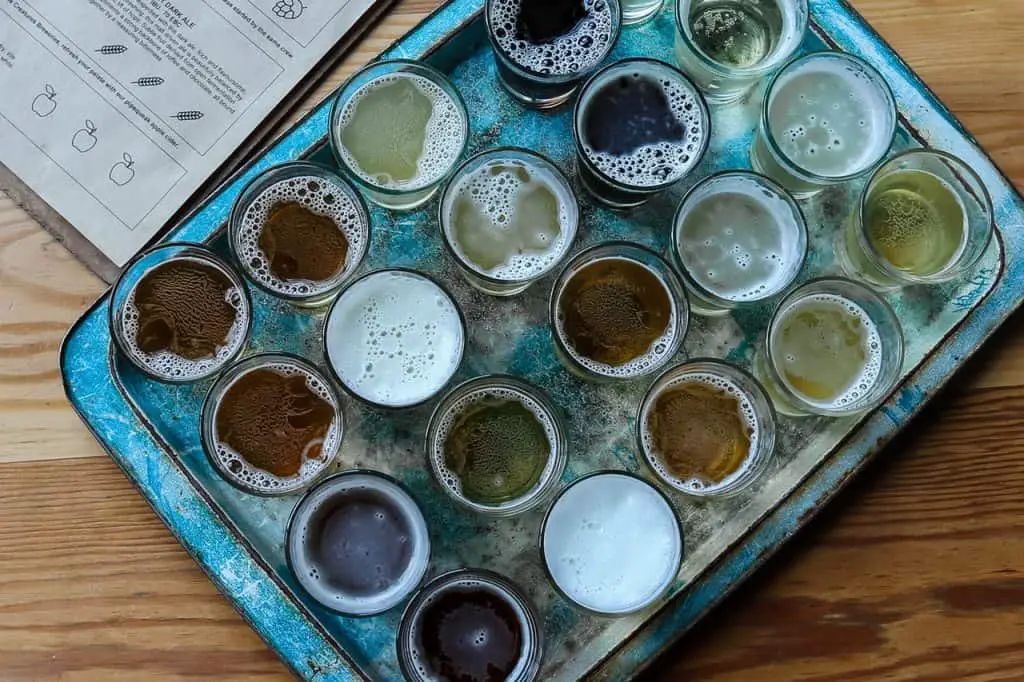
Image by Amanda Klamrowski via Pexels
Generally, ales usually fall under this warm method. Lagers, on the other hand, thrive from a cold fermentation period. These types of beers must sit longer at around fifty degrees. The final method, spontaneous fermentation, actually never adds the yeast directly to the final drinking product.
Instead, yeast and bacteria strains enter the product naturally through the wooden barrels they store the beer inside. The central advent of this method is that beers can be brewed almost anywhere if you own the right equipment. Unfortunately, it takes a much longer time — nearly two years altogether.
We hope this article helped you answer the question ‘how is a beer made?’. While there is no denying that making beer is a complex and involved process, that does not mean you need to leave it the big corporations to create.
Anyone can make beer if they have the right necessary equipment. And with the advent of online shopping, any person who wants to can make a beer. So, get brewing!

